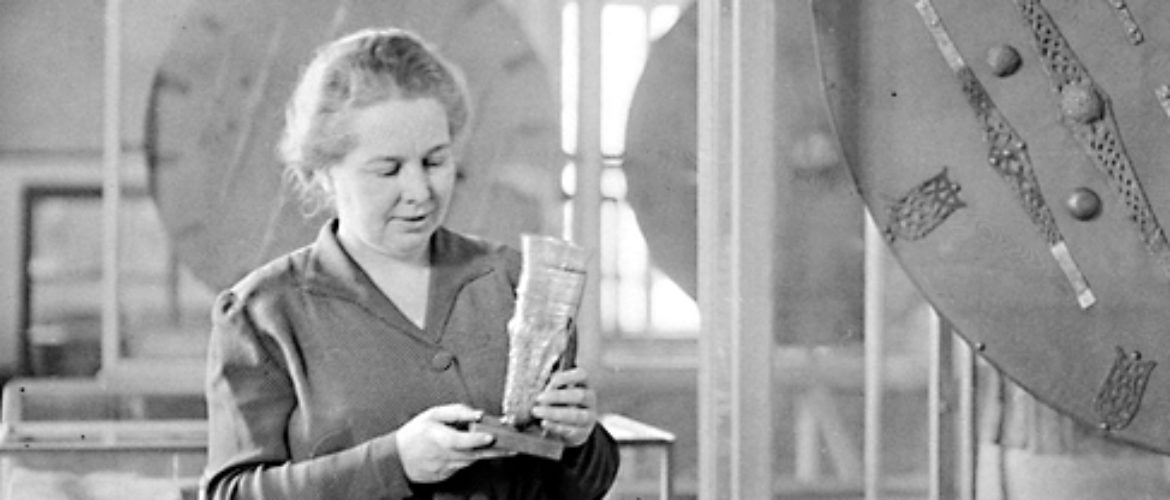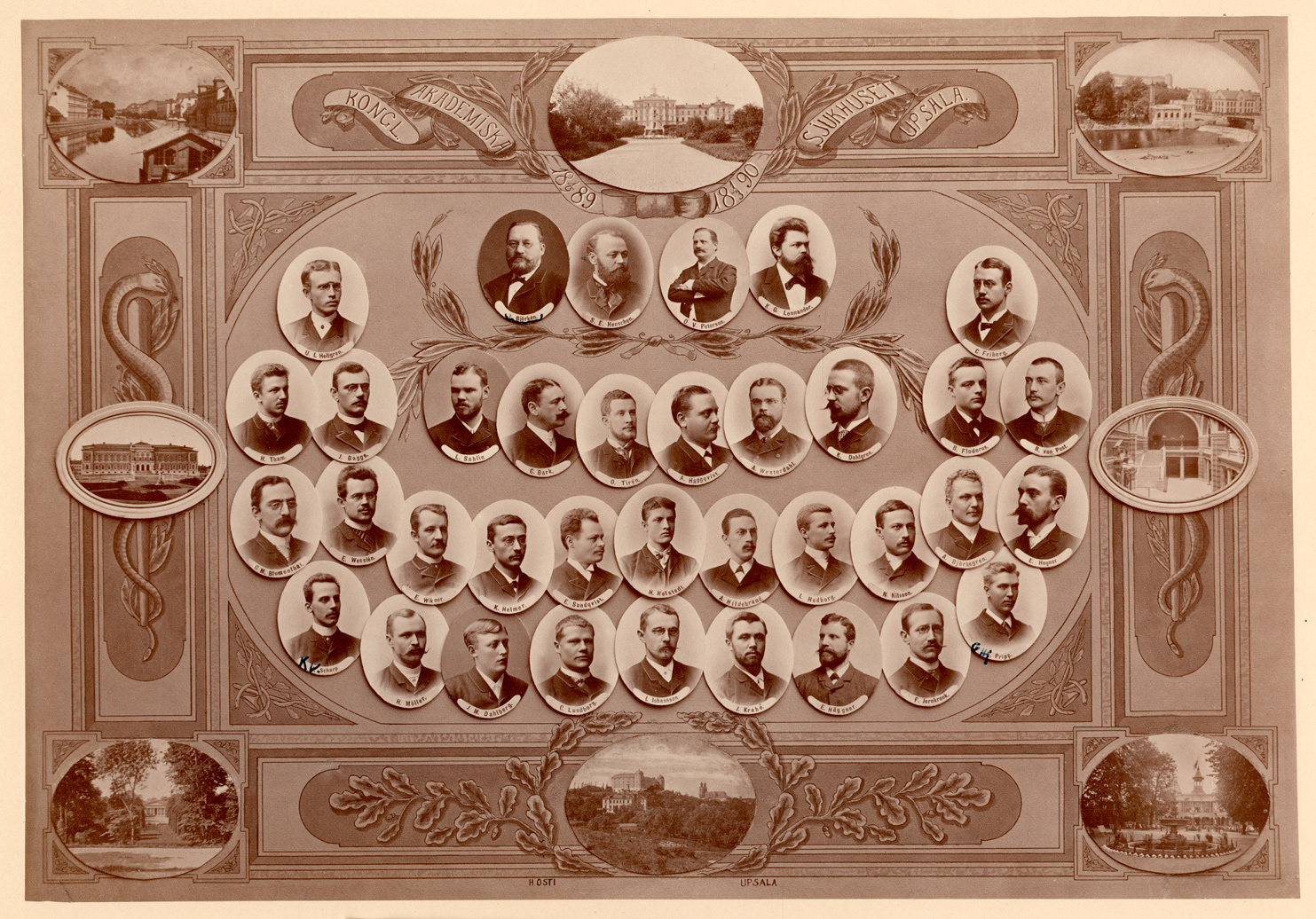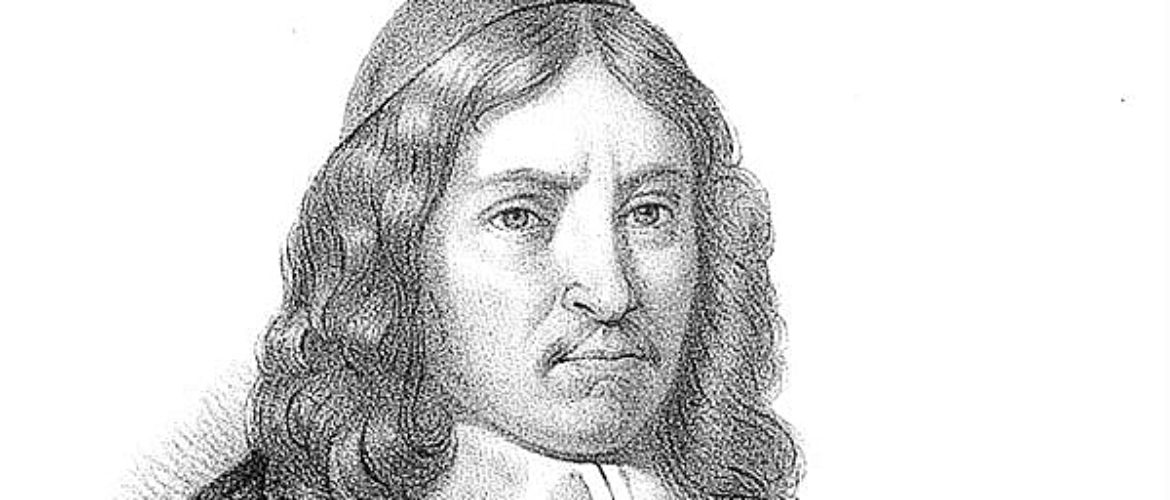1914-1997.
Literary scholars.
After graduating with a master's degree in philosophy, Karin Westman Berg worked as a school teacher in Luleå and Härnösand between 1943 and 1957.
She received her doctorate in Uppsala in 1962 with Studier i C.J.L. Almqvist kvinnouppfattning (Studies in C.J.L. Almqvist's Conception of Women ) and edited several anthologies, such as Textanalys från könsrollssynpunkt (1976) and Gråt inte - forska (1979).
Westman Berg was a leading figure in Swedish feminist literary research and was a member of the board of the Fredrika Bremer Association between 1945 and 1977.
Westman Berg initiated and led gender role seminars at the Course Activities from 1967 to 1977. At that time, women's research seminars were started, which Westman Berg led until 1979. The seminars became an inspiring meeting place for people interested in women's issues and women's research.
A research position in women's and gender role issues gave her the opportunity to start the Women's Literature Project at the Department of Literature in Uppsala in 1978. At that time, women's literature referred to fiction written by Swedish women writers.
On her retirement in 1982, Karin Westman Berg was awarded the title of Professor.
Burial site: 0319-1349
Image description: Karin Westman Berg, year unknown. Photo: Inger Harnesk / Center for Gender Studies, Uppsala UniversityThe image is cropped]
Click here for an uncropped image



















